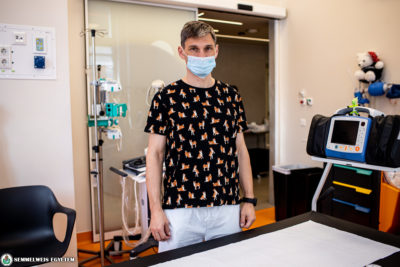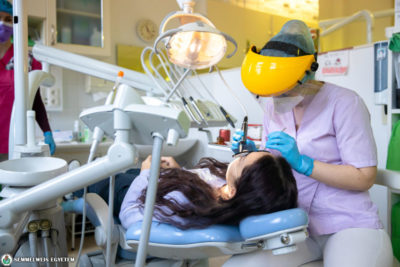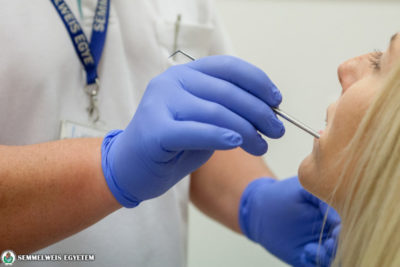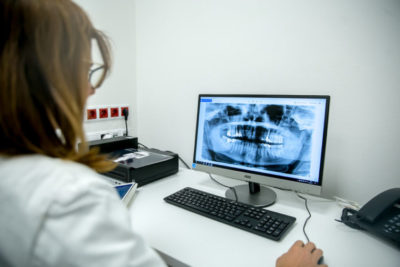Even a little amount of blood can rapidly provide a lot of information and almost painlessly, sampling procedures that facilitate this are of particular importance in pediatric emergency departments. The smaller the child, the less blood is the goal. Blood drop analysis requires only a drop of blood taken from a fingertip to allow a rapid test to be performed immediately. The procedure used in the pediatric emergency departments will also be discussed at the Semmelweis Health Days event on 25 March, which will also reveal how much blood is needed for what sort of laboratory tests. The program provides an insight into the daily life of the 1st and 2nd Departments of Pediatrics, into the world of special examinations and procedures.
“Emergency departments have used blood testing laboratory devices for years that show the desired result within minutes. This is the way to implement effective therapeutic interventions, as physicians can infer many diseases from the results of blood sampling”, pointed out Dr. Péter Krivácsy, Chief Physician of the Department of Emergency Care of the 1st Department of Pediatrics at Semmelweis University.
He emphasized that the rapid determination of laboratory results is also one of the most important factors in pediatric emergency care. Furthermore, the smaller the child, the less blood samples should be taken, as 2 milliliters of blood is a great amount of blood for a premature baby.
A newborn weighing 2.5-3.5 kilograms has a blood volume of 2.5 deciliters and a 5-6 year old has 1.6 liters. In addition, efforts should be made to cause the child as little pain as possible while taking the sample safely.
“With this method, there is no need to insert a needle or cannula into the vein, which is a painful procedure. All it takes is a tiny puncture to do the test”, said Dr. Péter Krivácsy.
 For both children and parents, medical examinations that involve pain are very frightening and mentally stressful, which is why professionals do everything they can to reduce this necessary pain and dispel fear.
For both children and parents, medical examinations that involve pain are very frightening and mentally stressful, which is why professionals do everything they can to reduce this necessary pain and dispel fear.
Dr. Péter Krivácsy’s presentation entitled “What can we learn from a drop of blood in pediatric emergency care?” will present the new techniques and efforts used in pediatric care that have helped medicine make much progress towards pain-free examinations.
The next interactive, public health program series of Semmelweis University celebrating its 250th anniversary are being held on 25 March; the lectures are free but require a pre-registration.
Eszter Csatári-Földváry
Featured image: Pixabay
Photo: Attila Kovács – Semmelweis University
Translation: Katalin Illés-Romhányi


